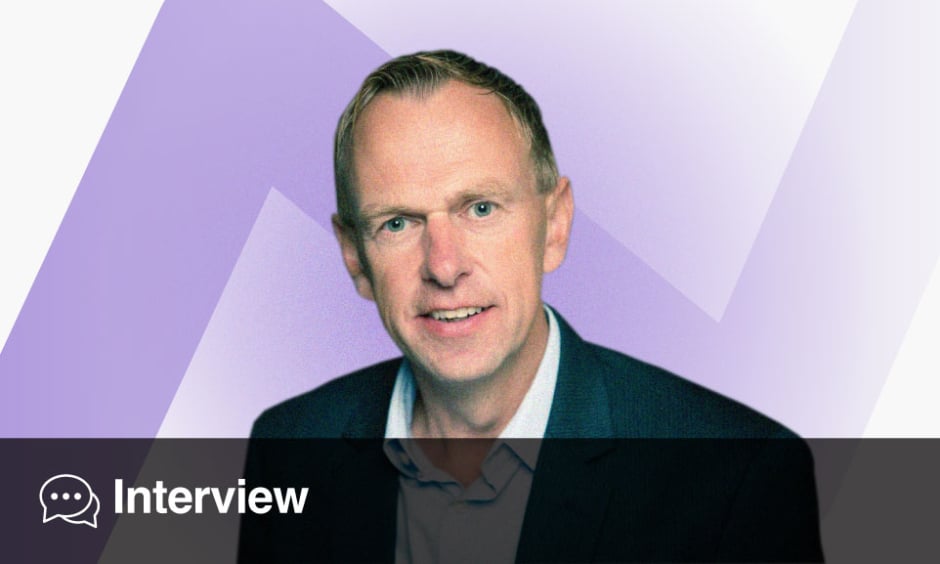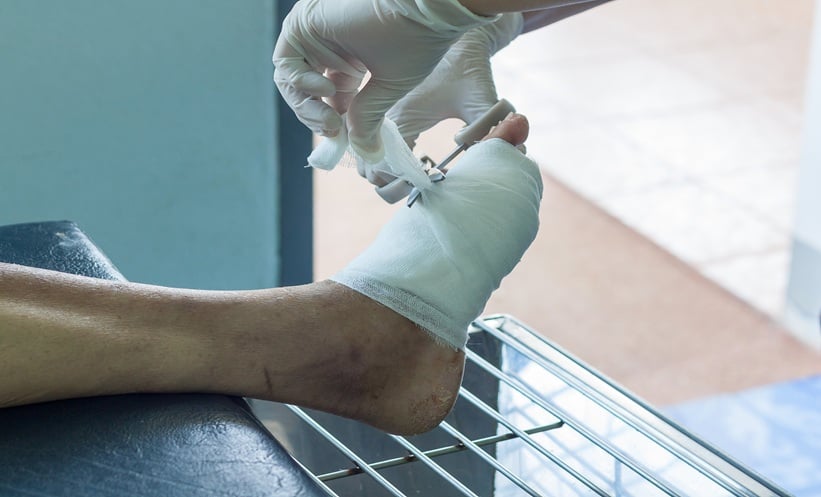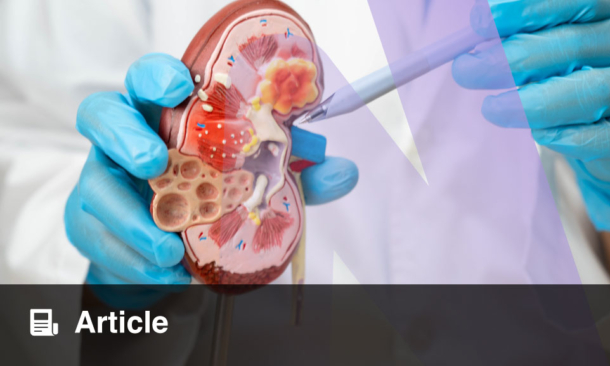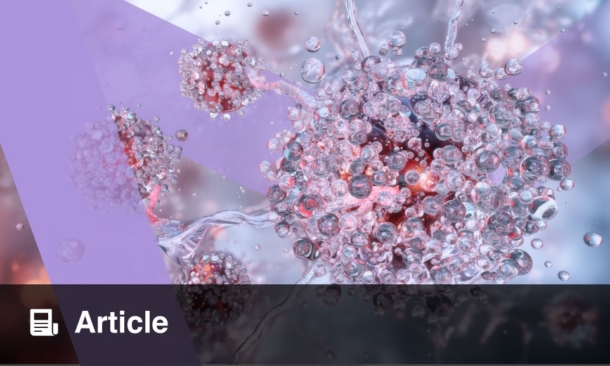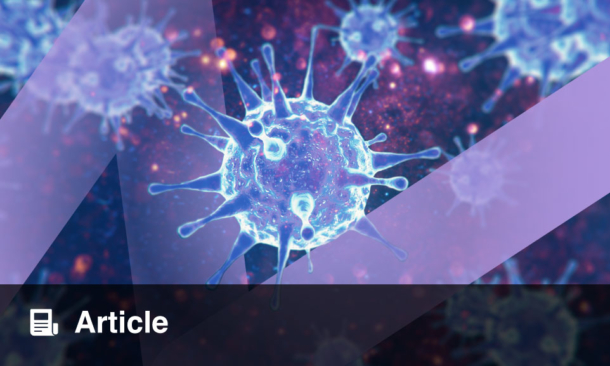Patrick Schrauwen | Chair, European Association for the Study of Diabetes (EASD) Early Career Academy; Senior Scientist, Institute for Clinical Diabetology, German Diabetes Center, Düsseldorf, Germany
Citation: EMJ Diabet. 2025;13[1]:62-65. https://doi.org/10.33590/emjdiabet/NTJM1014
![]()
You had a session at the European Association for the Study of Diabetes (EASD) Annual Meeting focused on insulin sensitivity. Could you tell us a bit more about what that means, why it matters, and the key points you’d like people to take away?
Let me explain what that session was about. It was an expert forum organised by Diabetologia, Diabetes and Diabetes Care, where leading experts were invited to talk about a specific topic. This year, it was on insulin sensitivity.
We had a full-day meeting on the Sunday before the start of EASD discussing all aspects of insulin sensitivity: what we know, what we don’t know, where we are. We presented the outcome of our discussion in the session on the Wednesday of the EASD Annual Meeting. The major takeaway is that there are still big gaps in our knowledge.
We started with the question: how do you measure insulin sensitivity? Of course, there’s whole-body sensitivity, but it’s also important to assess tissue-specific insulin sensitivity (liver, brain, adipose tissue, muscle). In experimental studies we know how to measure it, but in clinical practice there are still open questions.
Then we discussed how flexible are these tissues in improving insulin sensitivity? And does that matter for disease? If you look at diabetes medicine, hardly any drugs really target insulin sensitivity. So, the question is, should we explore that? I think the answer is yes. We believe that improving insulin sensitivity would also bring beneficial outcomes for complications and so on.
Your research has looked at broad factors like cold exposure, exercise, and circadian rhythm. From your perspective, which of these approaches shows the most promise for translation into science and clinical practice?
That’s a difficult one, as they’re all promising. Exercise, of course, is very powerful for treating and preventing diabetes. But we also know how difficult it is for people to keep up exercise, particularly with regards to motivation and time constraints.
That connects to circadian rhythm. There’s now a lot of discussion about whether it’s better to exercise in the morning or afternoon. We and others have shown that in Type 2 diabetes, exercise in the afternoon gives better outcomes than in the morning. Why exactly, we don’t yet know. But in Type 1 diabetes, it might be the opposite. Today at the EASD meeting, data were presented that showed that morning exercise caused fewer hypoglycaemic episodes, whereas afternoon exercise caused more severe hypoglycaemia. So, recommendations really depend on the patient group.
Cold exposure is also very potent. If you expose people to cold, you get big improvements in insulin sensitivity, and beneficial cardiovascular effects, and in lipid metabolism, and blood pressure. But you need quite a lot of cold exposure, which is not easy to implement. Still, we do advise people to lower the temperature in their houses as this may help to increase metabolism. And understanding the underlying pathways of how cold improves insulin sensitivity may help to find new targets for insulin resistance.
Overall, my research shows that insulin resistance and diabetes are linked to “comfort”. The body needs to be challenged sometimes, such as through exercise or cold exposure. When you push the body out of its comfort zone, it has to work and defend its homeostasis, and induces molecular mechanisms that make the body stronger, including improvements in insulin sensitivity.
At this year’s Meeting, which sessions or topics do you think will have the biggest impact?
That’s difficult, but I personally like the exercise sessions. Beyond that, I think the whole discussion on glucagon-like peptide-1 drugs and body composition is very important. Weight loss is clear, no debate there, but what does it do to body composition? We often see loss of muscle mass with weight loss, which is not good for overall health and also increases the risk of weight regain once people stop the drugs. So, we need to consider how to prevent the loss of muscle mass. Again, I think exercise will be crucial in this.
Ultimately, we need more research to understand what exactly weight loss, whether drug-induced or via other ways, does to other tissues, not just to our adipose tissue.
What role do you think EASD will play in shaping the future of diabetes research?
EASD obviously plays a role in science, that’s very clear. The Meeting is about science, presenting results, discussion, and finding analyses. But the Association does more than that.
We have strong e-learning programmes to bring science to practice and to healthcare professionals. And although it’s the ‘European’ Association, we are moving towards a more global role. There’s now a Global Council, where we partner with other continents to ask: what are the problems there, and how can we work together to solve them? It’s an important development that will make EASD a key player in tackling diabetes worldwide. Of course, for that we also need politics. We try to influence the agenda, because you can’t solve this as one Association; we need governments too.
Collaboration is the aim: hearing from colleagues around the world and working together. And e-learning is a big part of that. If you look at the website, you’ll see many courses that are free and accessible. Some are very specific, while others are more general. They’re even helpful for medical students. They’re regularly updated, which is important. In the end, all the science we present here has to reach clinical practice and the people giving advice to patients.
You’ve chaired the EASD Early Career Academy for the past 3 years. Looking back, what do you see as the biggest achievements so far, and what do you hope to achieve next?
This Academy is really my ‘baby’, my brainchild. We started during COVID-19. Afterwards, we wanted to help young people, not only to keep them in the field, but also to help with their careers. Within Europe, there are big differences: some countries have well-funded institutes and it is easy for young people to for example find good mentors, but for others this is not the case. So, we wanted to bridge those gaps.
Therefore, we created a mentor–mentee programme, albeit with very little money. Young researchers can apply to be matched with mentors. It can be difficult for early career researchers to approach professors directly, but we bridge that gap. The mentors and mentees meet several times a year, online or in person, and the feedback has been very positive.
One achievement that I’m also proud of is giving early-career researchers a meeting place at the meeting, among others in the academy’s social event. They can meet, network, and learn from each other. Those collaborations you form when you’re young are so valuable later in your career.
Beyond that, we organise webinars not just on science but also practical topics, such as how to apply for grants, how to publish, and how to balance work and life. Last year, for example, we had a session where established researchers talked about their careers and challenges. Young people found it very helpful.
I think this Academy fills a real gap. It gives something back to members and helps train the next generation, the stars of tomorrow.
With so many novel therapies being presented, what do you think are the key priorities for future research?
Personally, I think we need to build stronger bridges to other disease fields. Diabetes is a driver of many conditions, such as cardiovascular disease, obesity, and dementia. Ten or 15 years ago, we didn’t link obesity or inflammation to Alzheimer’s, but now it’s becoming clear.
It’s the same with exercise: we used to look only at muscles or the liver, but now we see its effects on the brain too. So, we should learn from each other and reach out to other societies. Translational research is another priority: bridging basic and clinical science so discoveries are connected to patient care.
If you could highlight one area of diabetes care that you think will look completely different in 10 years, what would it be?
I’m a basic researcher, not a clinician, so my view is a bit different. But I think we’ll move beyond just Type 1 and Type 2 diabetes. There are many more subtypes. Whether you call it precision medicine or not, we’ll differentiate patients much more, identifying phenotypes and treating them more specifically. This has already started, with subtypes of diabetes being described, and I think it will develop rapidly. It won’t be enough to just say ‘Type 1’ or ‘Type 2’.
Another area is energy balance. Right now, a lot of new drugs focus on reducing energy intake and on weight loss. That is important, but we also need to consider energy expenditure. Even if someone is obese, if they are physically active, they can prevent many diseases. So, research and therapies should also focus on keeping the body active, not just reducing food intake.
You mentioned timed exercise earlier. Could you expand a bit on your work in this area?
We’re going to have a session on timed exercise, or rather ‘time in chronobiology’, because it’s not just exercise, but also food intake. Our bodies have a biological clock. We live in a 24-hour culture, with food and services available around the clock. Around 20% of people work night shifts, which is a risk factor for diabetes. Jet lag has similar effects. Disturbing the clock is detrimental.
The good news is that we can also use the clock to time interventions. Exercise in the afternoon seems more beneficial for insulin sensitivity in Type 2 diabetes than in the morning. Food timing is another element: most people eat over a 15-hour window. Restricting that to 10 hours has very good effects on glucose and insulin sensitivity.
Sleep is another underestimated factor. Sleep duration has gone down from 8–9 hours to 6–7 in the past few decades. Sleep deprivation leads to insulin resistance. We underestimate these effects because we’re so used to being ‘on’ all the time. But I think there’s a lot to be gained from improving sleep and aligning behaviour with our biological clocks.

